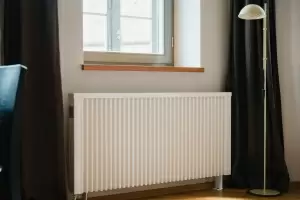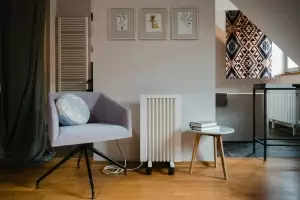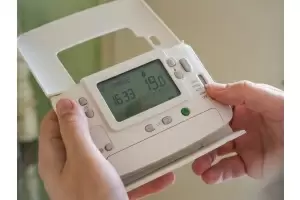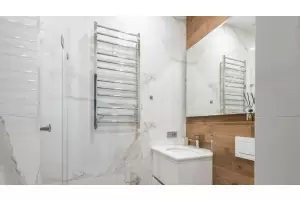When it comes to bathroom radiators, towel rails are a highly popular alternative to the traditional approach.
They can be installed just as easily but are often more efficient and practical for use in the bathroom, since they provide a convenient storage solution for your towels. They’re also heated at the perfect time, so you can be comfortably warm when you get out of the bath or shower, even on a cold day. Electric towel warmers, in particular, can also be highly effective. What could be better?
You may opt for a free-standing heated towel rack, but in the majority of cases, we tend to see people using wall-mounted electric heaters. These are ideal if you’re happy to keep your towels in one place since they take up less space and look more cohesive with the rest of your bathroom fittings.
If you do take this option, you will need to follow these steps when installing your heated towel rails:
1) Choose the location in the bathroom for your new heater. The easiest place would be anywhere you currently have an electric radiator, but if you need to have new wiring installed, just make sure it’s possible in your chosen position.
2) Measure the available space accurately to ensure the heater will fit and not get in the way of anything else, including cabinet doors.
3) Select a design you like, preferably one that suits the rest of your fixtures and fittings. At TradePlumbing we offer a wide range of designer electric heated towel rails in various shapes and finishes.
4) Decide where you are going to fit your temperature control and timer system, which will usually be somewhere on the wall near the heater, and ensure there is adequate wiring to do this.
5) Prepare the exact space on the wall, removing the old radiator if necessary, and confirm your measurements.
6) Place appropriate fixings into the wall so the new heater can be supported. If this requires drilling into tiles, be careful not to crack them.
7) Attach the towel rail to the wall fixings and get it fully connected to the power supply. Ensure all wiring is done correctly and safely.
8) If you have any exposed wiring, you can disguise this using plastic or metal pipe covers with the same finish as your heater and other fittings.
 Sales & Support
Sales & Support  Open Mon - Fri 9am to 5.30pm
Open Mon - Fri 9am to 5.30pm



